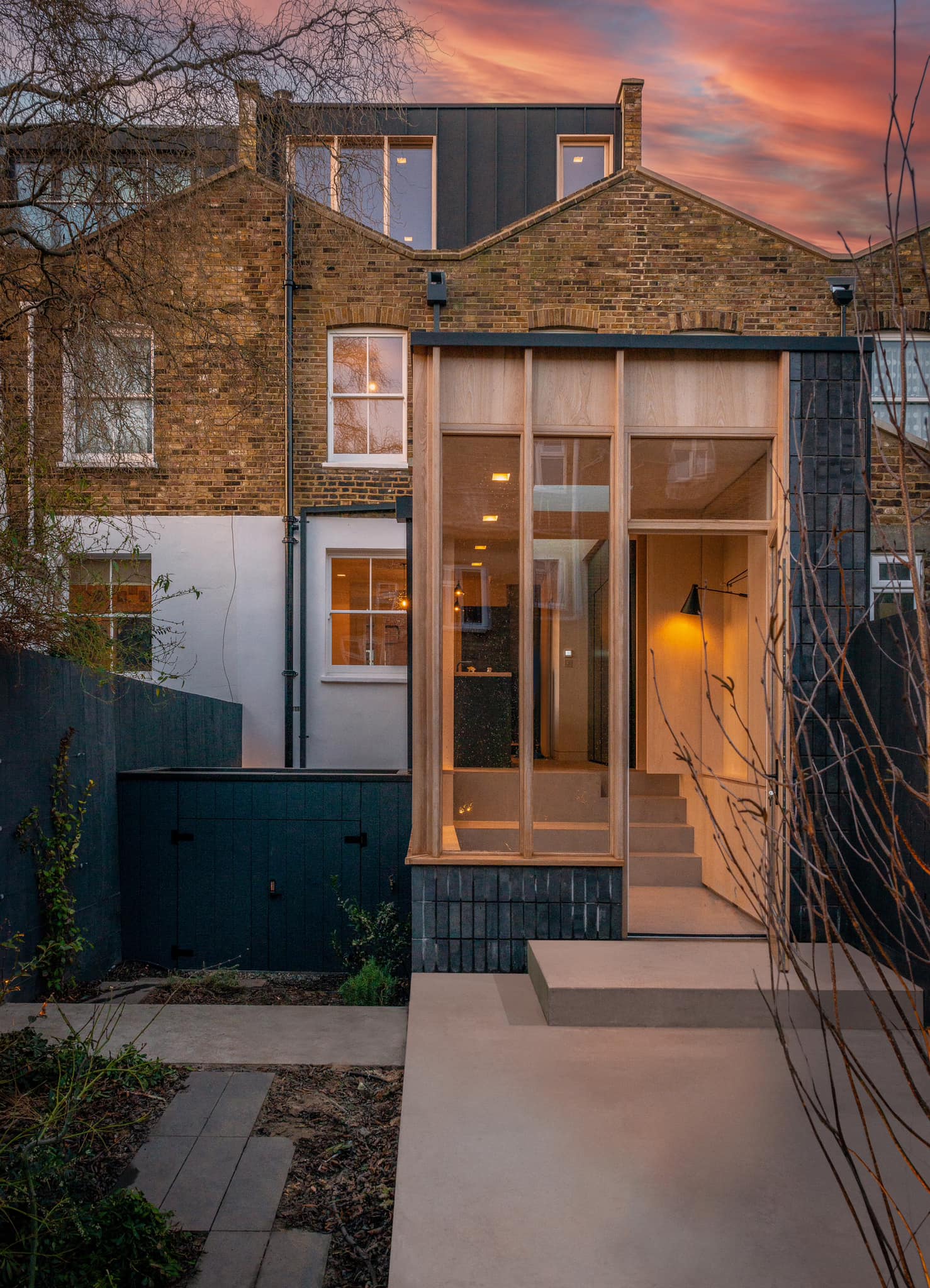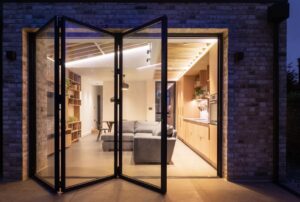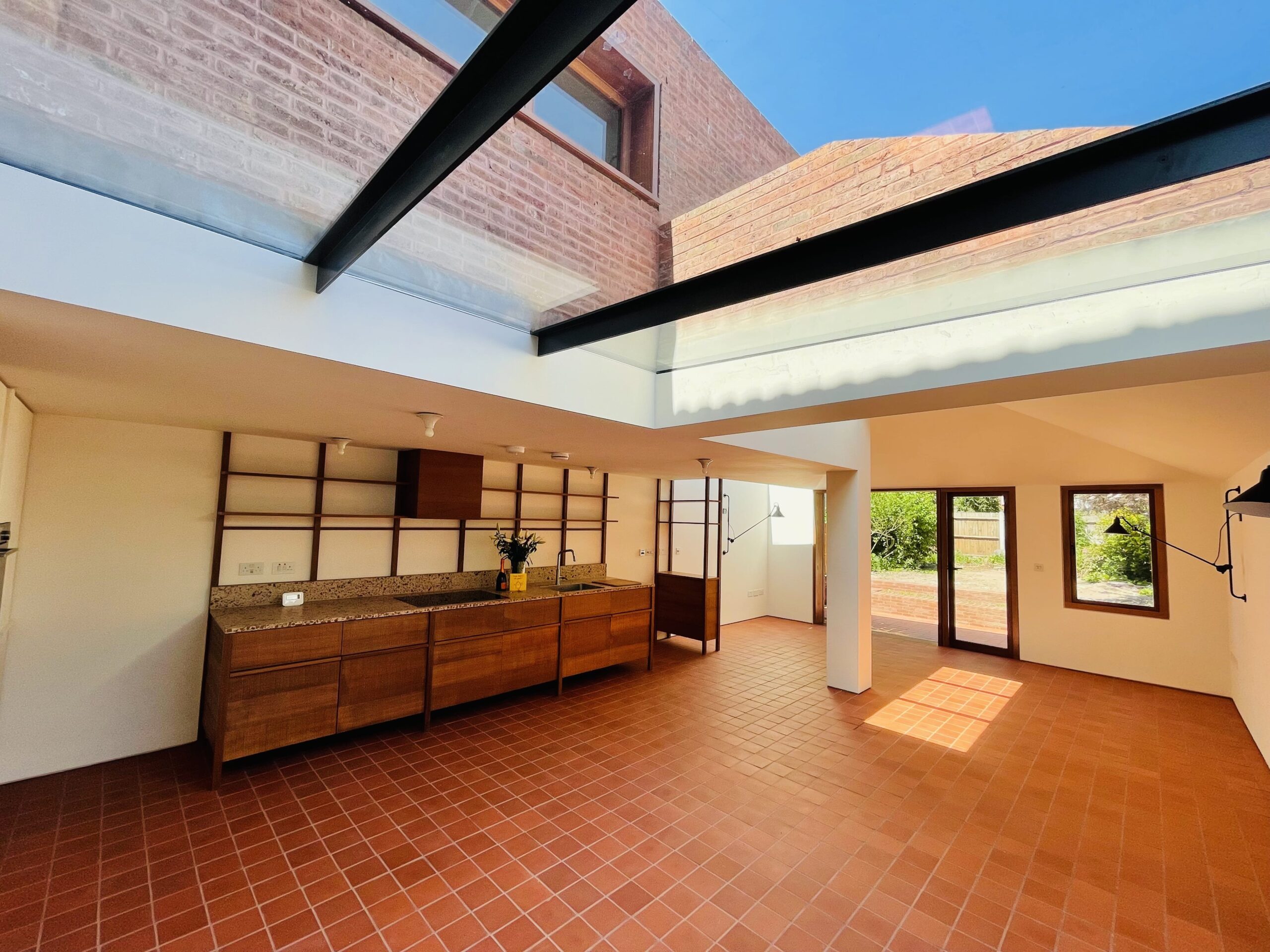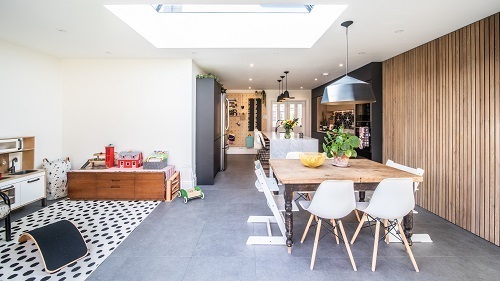
Using These Tips, You Can Build a Low-Cost House Extension in London
The vibrant city of London has long drawn homebuyers because of its fascinating history and varied culture. However, it can be difficult for homeowners to find larger living areas without going bankrupt due to the city’s skyrocketing property prices. This is where the concept of constructing a cheap house addition comes into play. You may turn your present house into a roomy refuge without blowing your finances with careful planning, creativity, and wise decision-making. In this blog, we will go over some wise suggestions that will help you build a low-cost house extension in London.
Define Your Goals and Budget
Setting defined goals and a reasonable budget before starting any building job is crucial. Determine your requirement for the extension and your intended usage for it. Understanding your needs will direct the process whether it’s a bigger kitchen, a home office, or another bedroom. After you’ve identified your objectives, set aside a budget that covers all potential costs, such as licenses, supplies, labor, and unforeseen contingencies.
Choose the Right Design
Making the right design choice for your home addition can have a big impact on the project’s cost and functionality. Choose a design that enhances your home’s existing attractiveness to avoid making significant changes. Since they need fewer resources and fewer workers to complete, clear and simple designs frequently turn out to be more economical than sophisticated and intricate ones. Working together with an architect or designer can enable you to come up with a plan that satisfies your requirements while remaining within your budget.
Location Matters
The cost of your home addition can vary depending on where it is located. Construction costs are typically lower for extensions that are near already-existing utility connections, such as plumbing and electricity. Also think about how the positioning of the extension can affect the ventilation and natural light. Long-term savings on artificial lighting and cooling systems can be achieved by maximizing these elements.
Materials and Finishes
Building a low-cost extension without sacrificing quality depends heavily on selecting the appropriate materials and finishes. Select materials that are inexpensive and long-lasting and that complement your design goals. Investigate many possibilities for wall, roofing, and flooring materials to discover the optimum compromise between price and quality. Additionally, look at low-cost finishing touches like paint, fittings, and cabinetry that can improve the extension’s aesthetic appeal without breaking the bank.
DIY vs. Professional Help
While tackling certain tasks yourself can save money, it’s important to recognize your limitations. DIY projects might seem cost-effective, but if not executed correctly, they could lead to costly mistakes that require professional intervention later on. Evaluate your skills realistically and consider hiring professionals for tasks that require expertise, such as electrical wiring, plumbing, and structural modifications. Their experience can prevent costly errors down the road.
Obtain Necessary Permits
Navigating through the bureaucratic maze of permits and approvals is an unavoidable part of building an extension. Failure to obtain the necessary permits can result in costly fines and legal complications. Research and understand the local regulations and requirements for house extensions in London. While this process might seem time-consuming, it’s a crucial step to ensure that your project is legal and up to code.
Time Management
You can save money in many different ways by managing the construction schedule efficiently. Increased labor costs, the possibility of material damage from exposure, and additional rental or temporary housing costs can all result from delays. Work together with your contractor to create a realistic schedule and make sure there are no unneeded delays in the construction process.
Prioritize Functionality
Functionality should always be at the forefront of your design choices. Design a layout that maximizes space utility and minimizes wasted areas. Every square foot should have a purpose, whether it’s storage, living space, or circulation. A well-planned extension ensures you get the most value out of your investment.
Energy Efficiency
The implementation of energy-efficient technologies in your home addition can result in long-term electricity bill reductions. Spend money on energy-efficient windows, sufficient insulation, and take solar panels and other renewable energy sources into consideration. Although there may be an initial cost associated with these improvements, they can greatly lower your recurring energy costs and raise the total value of your home.
Conclusion
Creating a low-cost house extension in London with the help of Dobuild necessitates careful planning, ingenuity, and a strategic approach to decision-making. You may modify your living space without breaking the bank if you define your goals, create a fair budget, choose the proper design, materials, and professionals – including the knowledge of Dobuild – secure permits, manage time wisely, and prioritize energy efficiency. Remember that every decision you make along the process, with the help of Dobuild, might affect the final cost, so take your time and make informed decisions. With the appropriate approach and the help of Dobuild, you may realize your goal of a big and cost-effective house extension in the heart of London.



